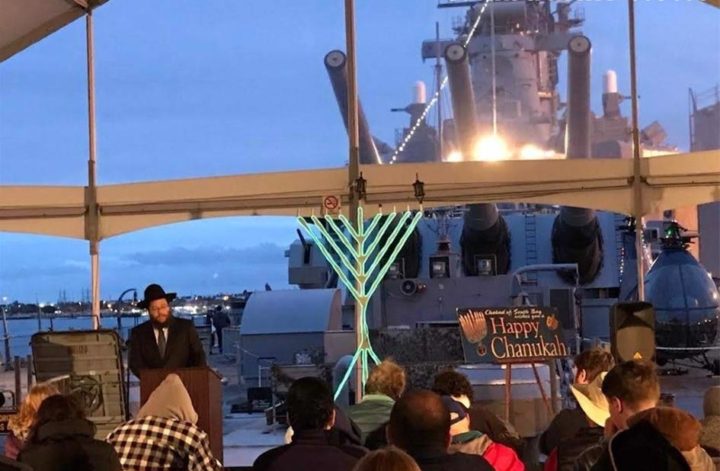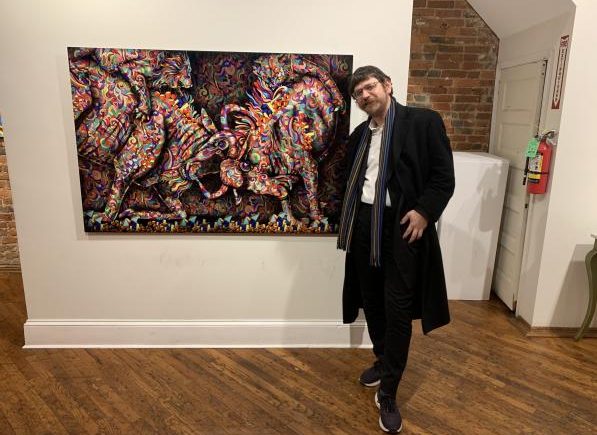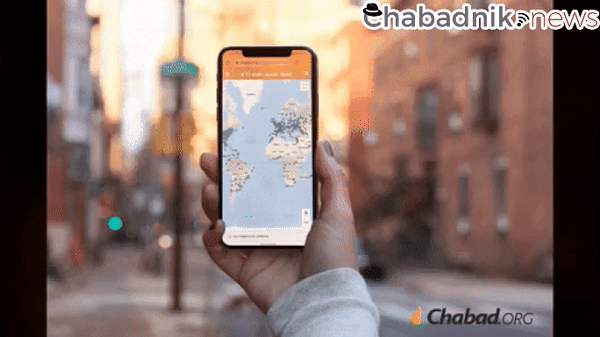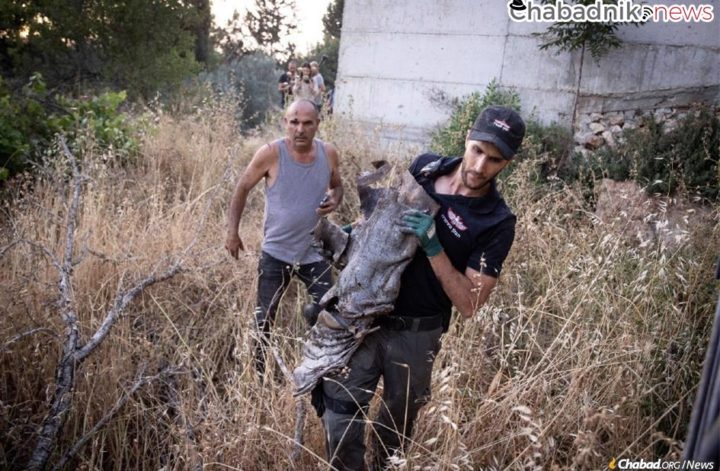Menorahs great and small brighten the world
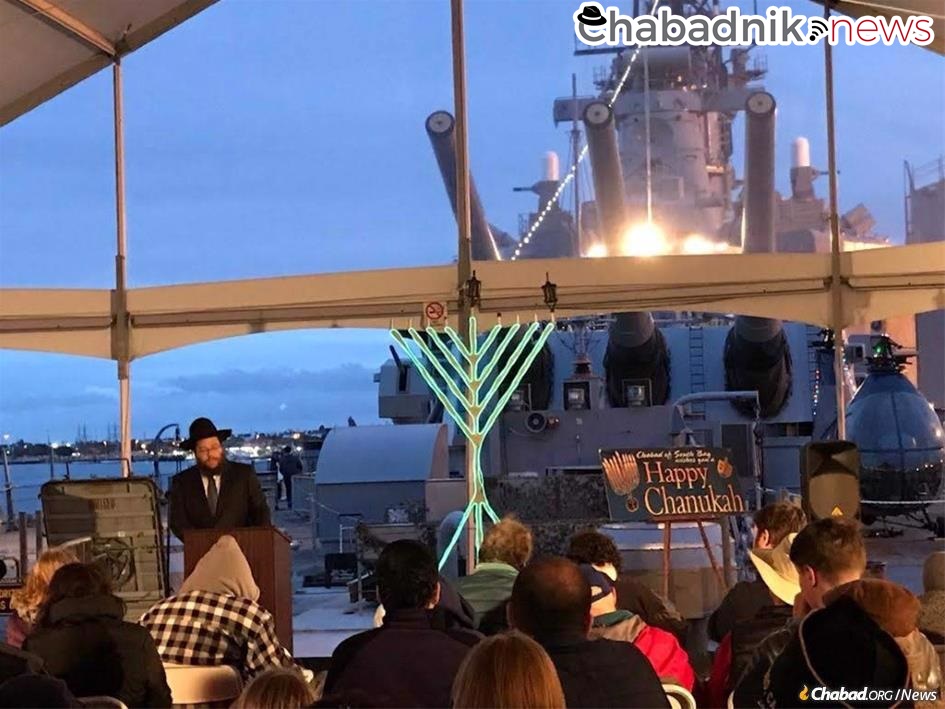
“The essential thing is the deed,” wrote the Rebbe—Rabbi Menachem M. Schneerson, of righteous memory—in his public Chanukah letter for 1973. “First and foremost must come the practical act, the first mitzvah of [Chanukah] being the lighting of the candles … .”
But this act of lighting the menorah, the Rebbe stressed, as well as the pattern in which we do it, must extend to all facets of life. “The effect of every human act must also contribute a measure of light to illuminate the ‘outside’—as indicated by the [Chanukah] Light … ,” he wrote.
The Chanukah story is a familiar one. The “Festival of Lights” recalls the unlikely victory of a militarily weak but spiritually strong Jewish people over a powerful enemy intent on crushing Israel and the Jewish way of life. The miraculous victory culminated with the rededication of the Holy Temple in Jerusalem and the kindling of its golden menorah. Pure olive oil was needed to light the menorah, but the Jews could only find one small, undefiled cruse—enough to burn for only one day. Miraculously, the oil burned for eight days and nights.
For the last 2,100 years, the Jewish people have commemorated these eight days of Chanukah, especially by lighting the menorah. This has been done in places near and far, in times good and bad. The victory of Chanukah, the Rebbe wrote in 1980, is celebrated “as a symbol and message of the triumph of freedom over oppression, of spirit over matter, of light over darkness.”
In 1973, the Rebbe introduced a Chanukah awareness campaign, urging increased private observance and public displays of the eight-day holiday. Jews had once kindled their menorahs outside their homes, the Rebbe explained, but centuries of persecution had driven them indoors. Those days were over. Starting in America, it was time to bring the light of the menorah out once again to the streets—not only as a reminder that the Jewish people are free of persecution and can enjoy their rights as a minority, but as a universal message of freedom and liberty for all.
Aptly, the first public menorah—small, wooden and white—rose in the cradle of American liberty, erected in Philadelphia’s Independence Square in 1974. The next year, a Chabad-Lubavitch rabbi and a Holocaust-survivor rock-music promoter in San Francisco dreamed up a 25-foot menorah, putting it up in the heart of the American counterculture. In 1977, a massive menorah went up on Fifth Avenue, adjacent to Central Park in Manhattan; two years later, President Jimmy Carter inaugurated the National Menorah outside of the White House, the first time he left the executive mansion since the start of the Iran hostage crisis.
Like so many positive aspects of American life, the public menorah has since been exported around the world. Today, 15,000 public menorahs illuminate the darkness from New Zealand to the United Arab Emirates. They stand today, during this difficult time, as tall and magnificent as ever.
It was Rabbi Isaiah HaLevi Horowitz (1558-1628), the saintly Sheloh, who pointed out Chanukah’s immense power to renew and restore the entire world, for “just as Creation began with ‘Let there be light,’ so the Mitzvah of Chanukah begins with the lighting of candles.”
Circling the globe, here is a gallery of photos showing the light of Chanukah illuminating the world. In addition, Chabad.org will be streaming several Chanukah events live, including Detroit, Miami, Paris to Israel, and the National Menorah lighting in Washington, D.C.
Auckland, New Zealand

Cairns, Australia
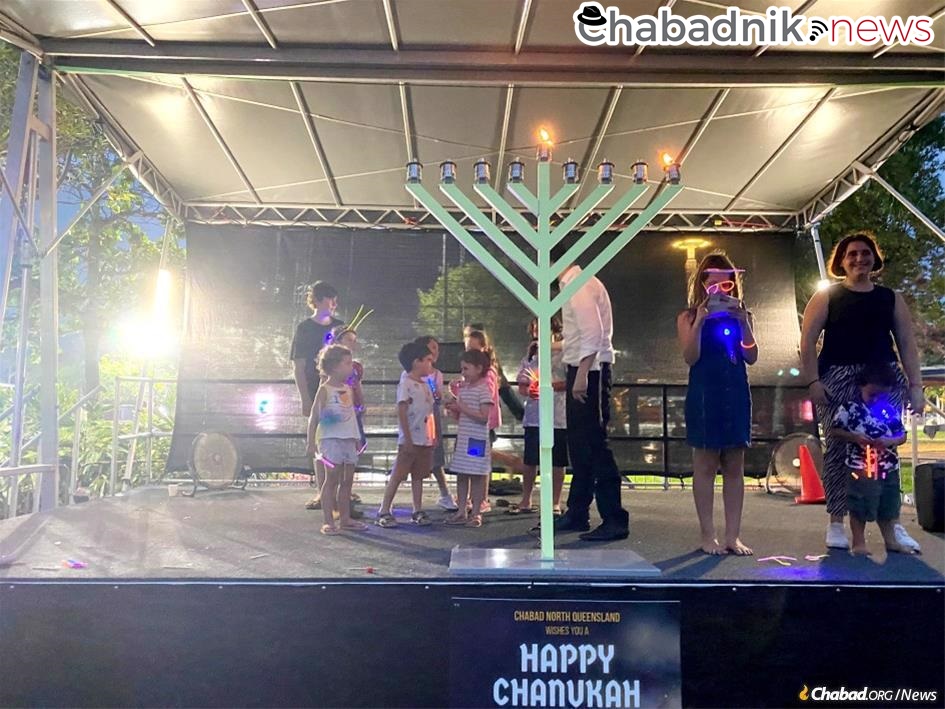
Victoria, Australia

Singapore
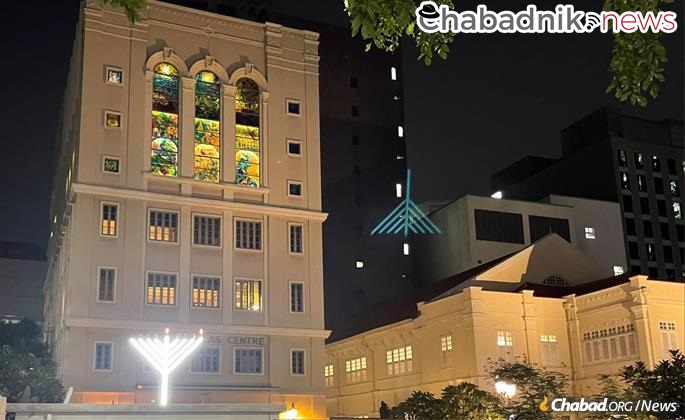
Brisbane, Australia

Sydney, Australia
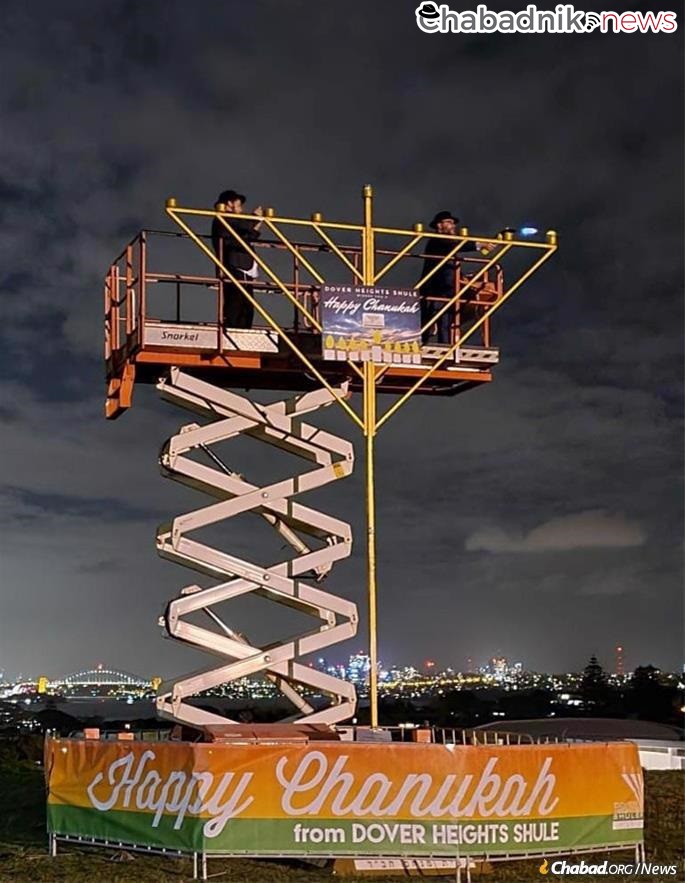

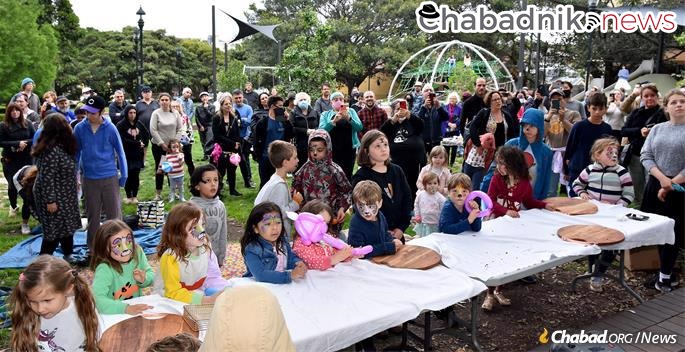
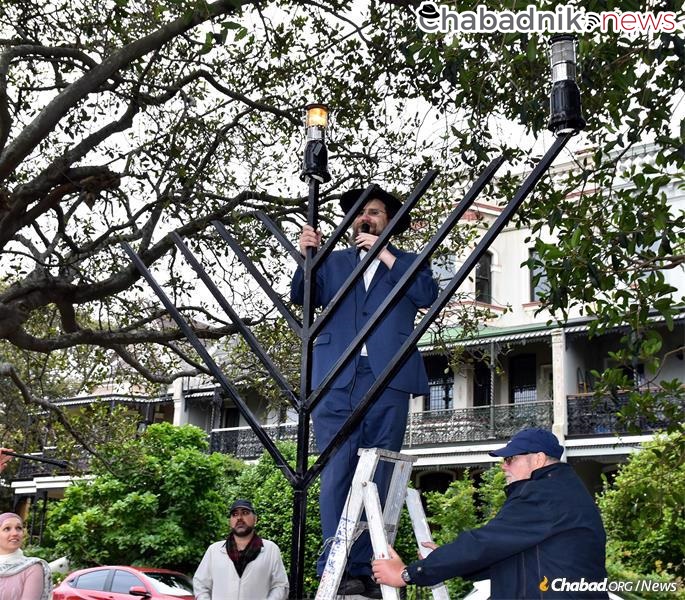
Wodonga, Victoria, Australia
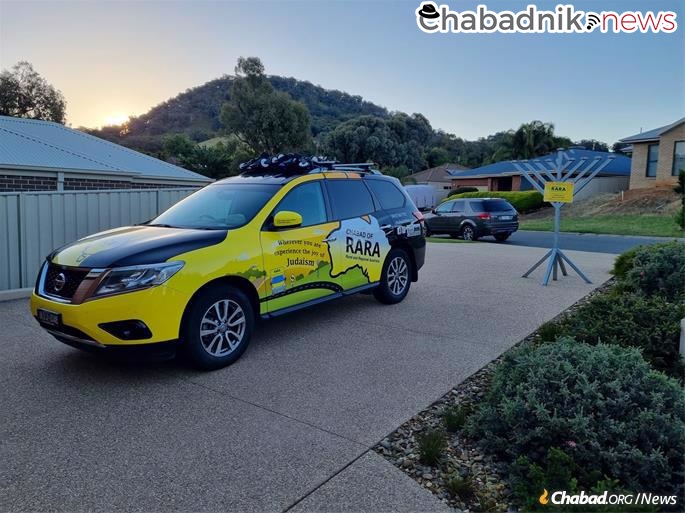

Seoul, South Korea
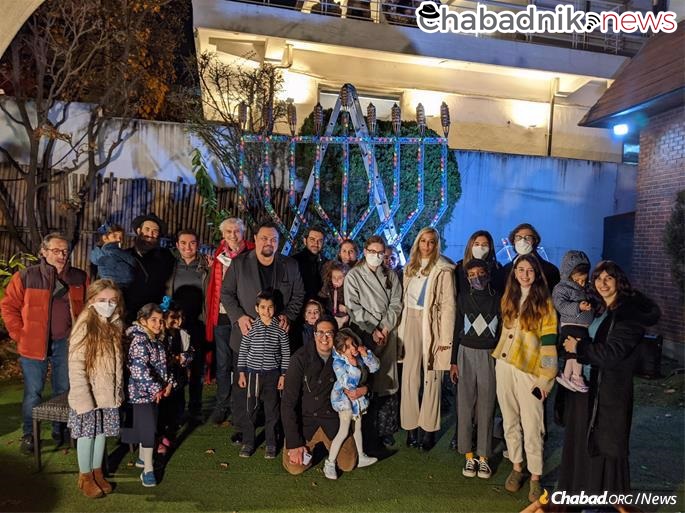

Bangkok, Thailand
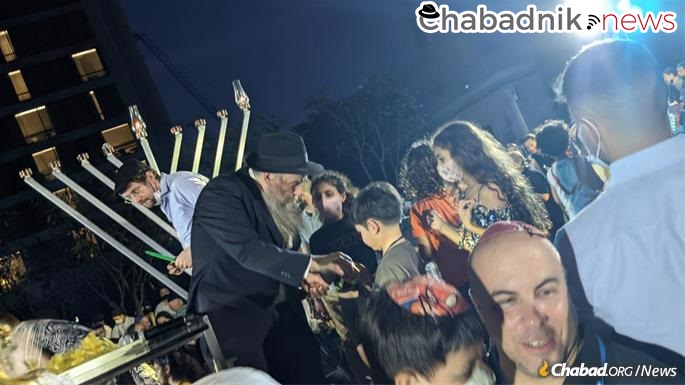
Mumbai, India
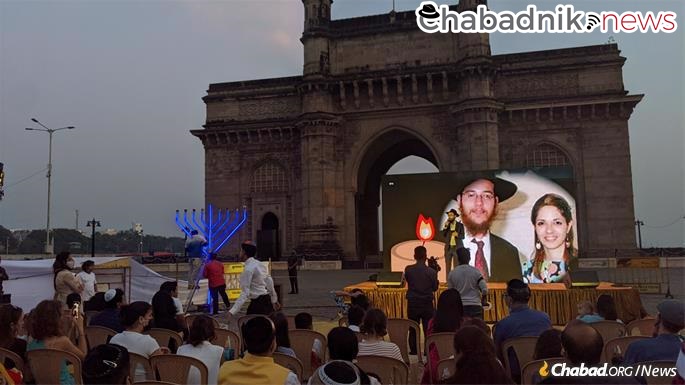
Hong Kong
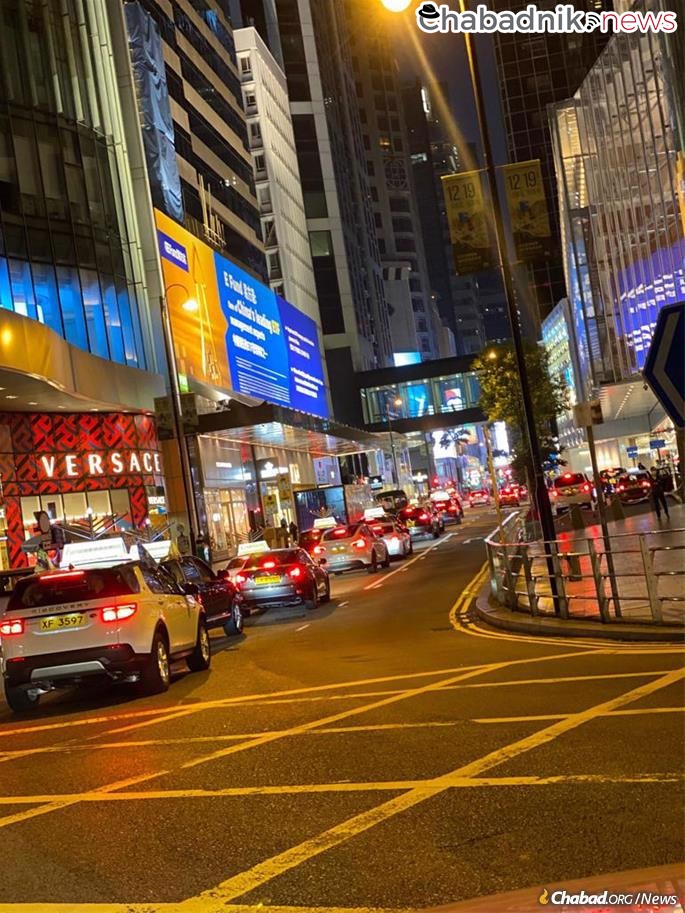
Tokyo, Japan
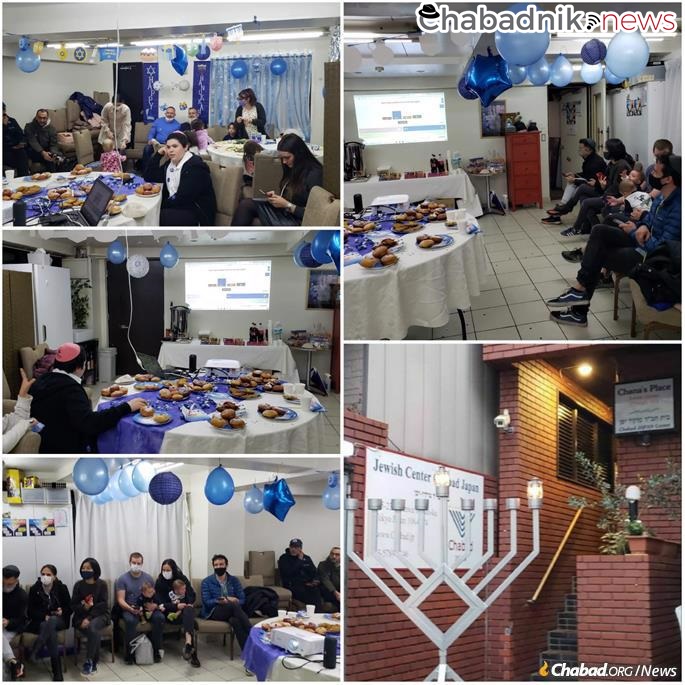
Kobe, Japan
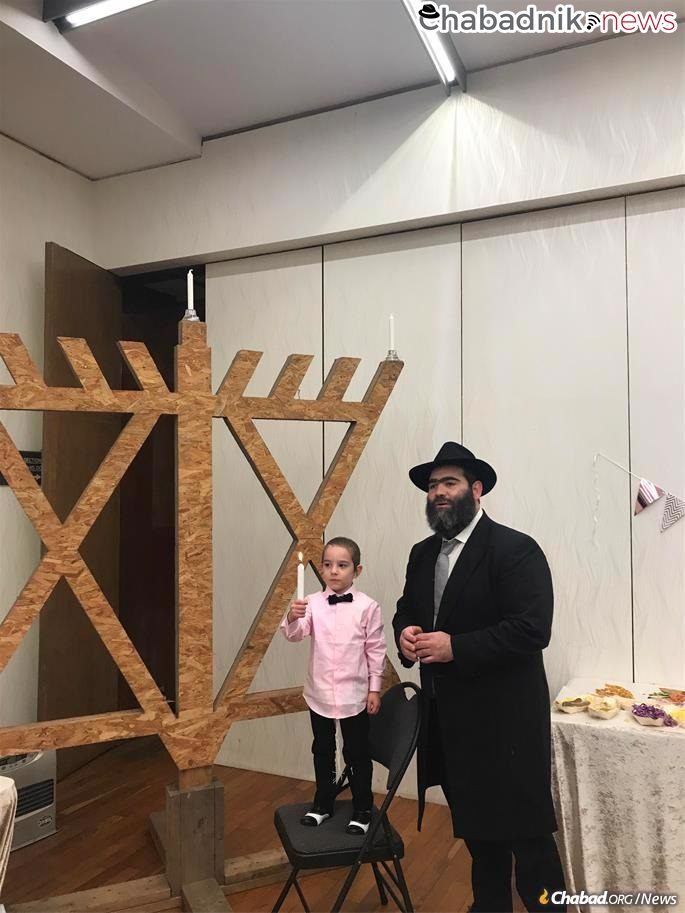
Podgorica, Montenegro
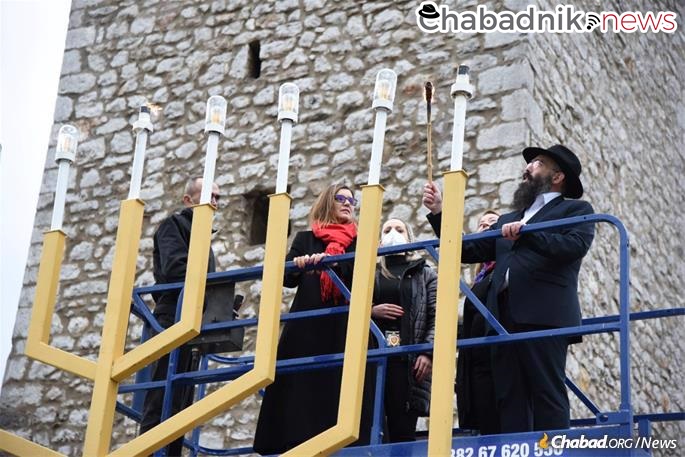
Moscow, Russia

Jerusalem, Israel

Dubai, United Arab Emirates
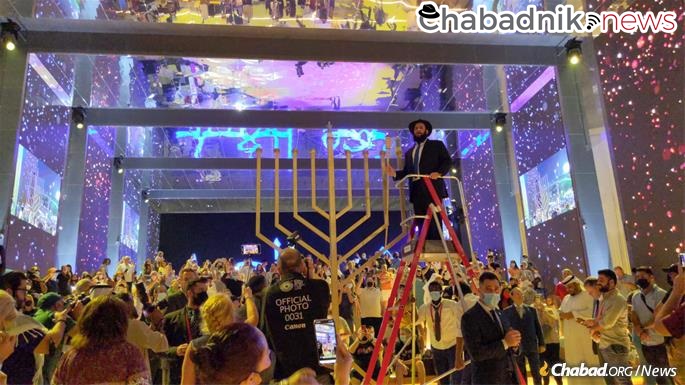
Berlin, Germany
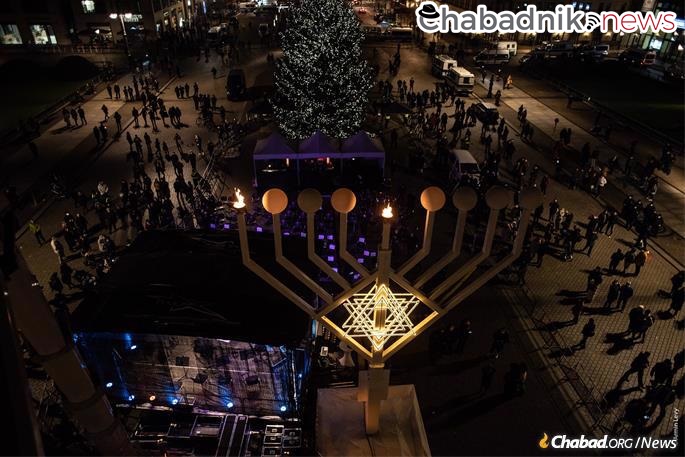
Clearwater, Fla.

New York, N.Y.
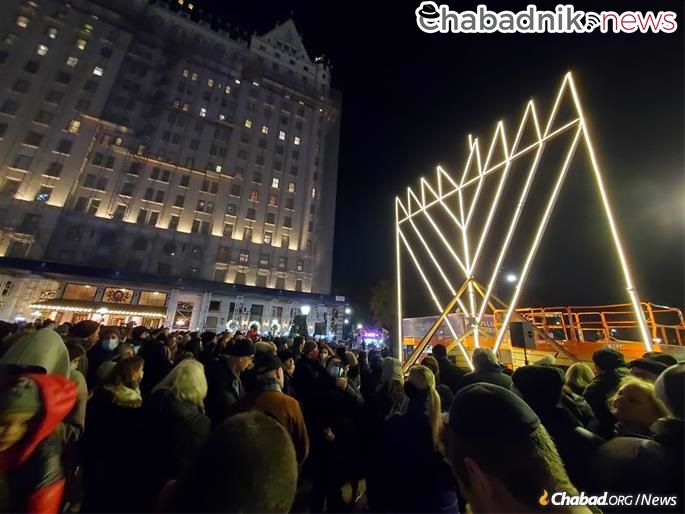
Columbus, Ohio
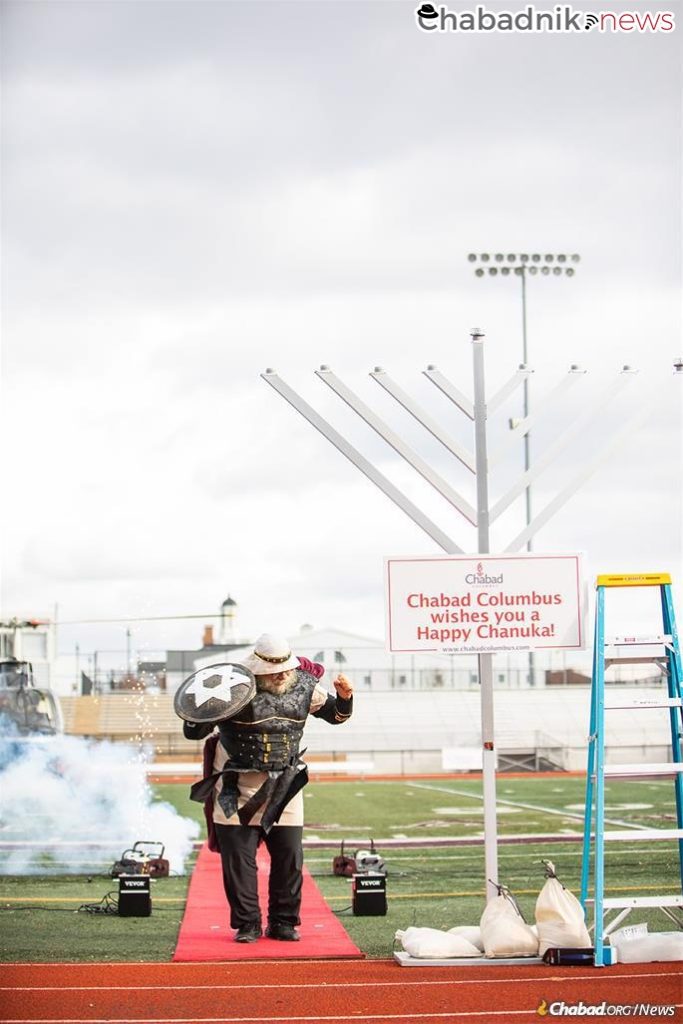
St. Charles, Mo.

St. Paul, Minn.
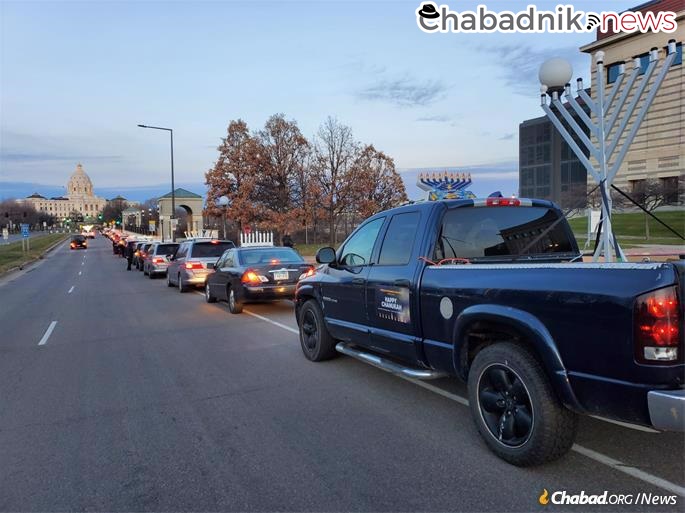
Edmonton, Alberta, Canada
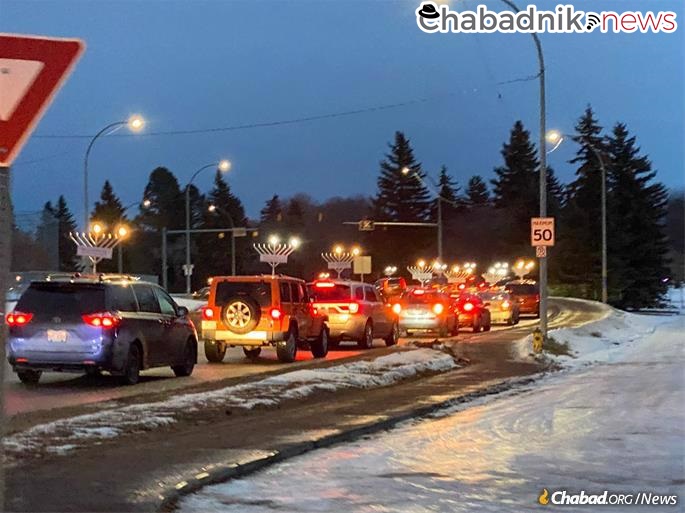
Spokane, Wash.


